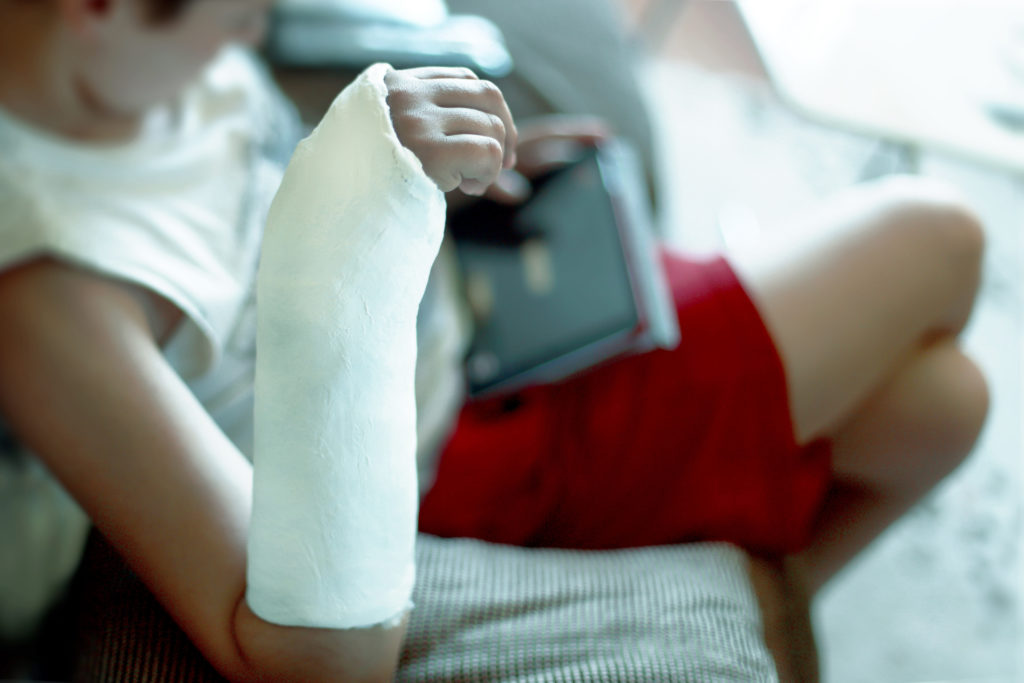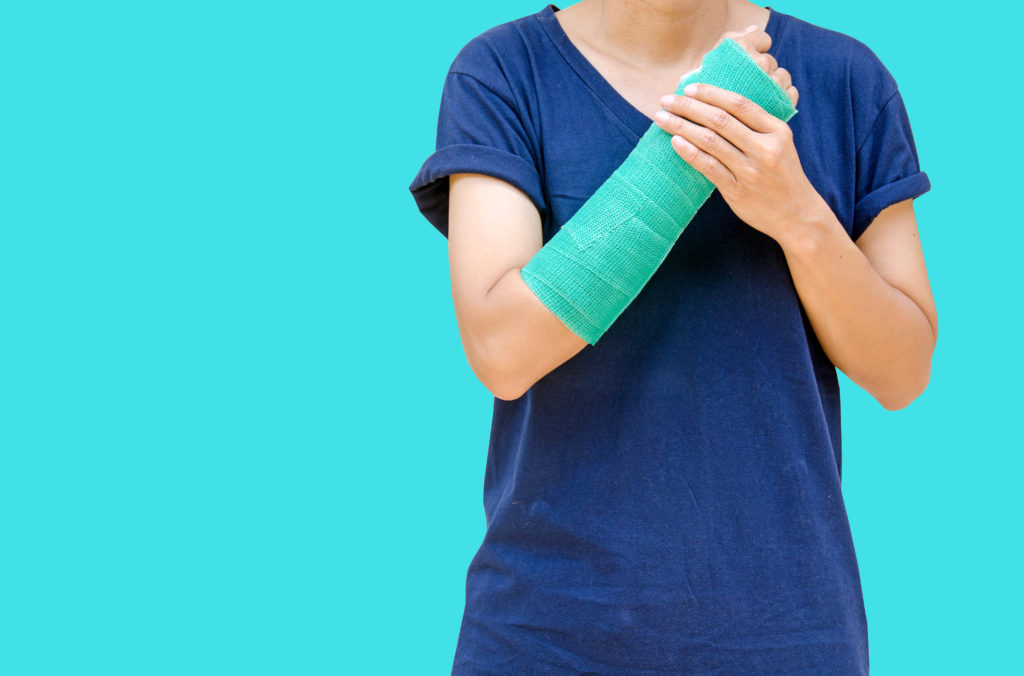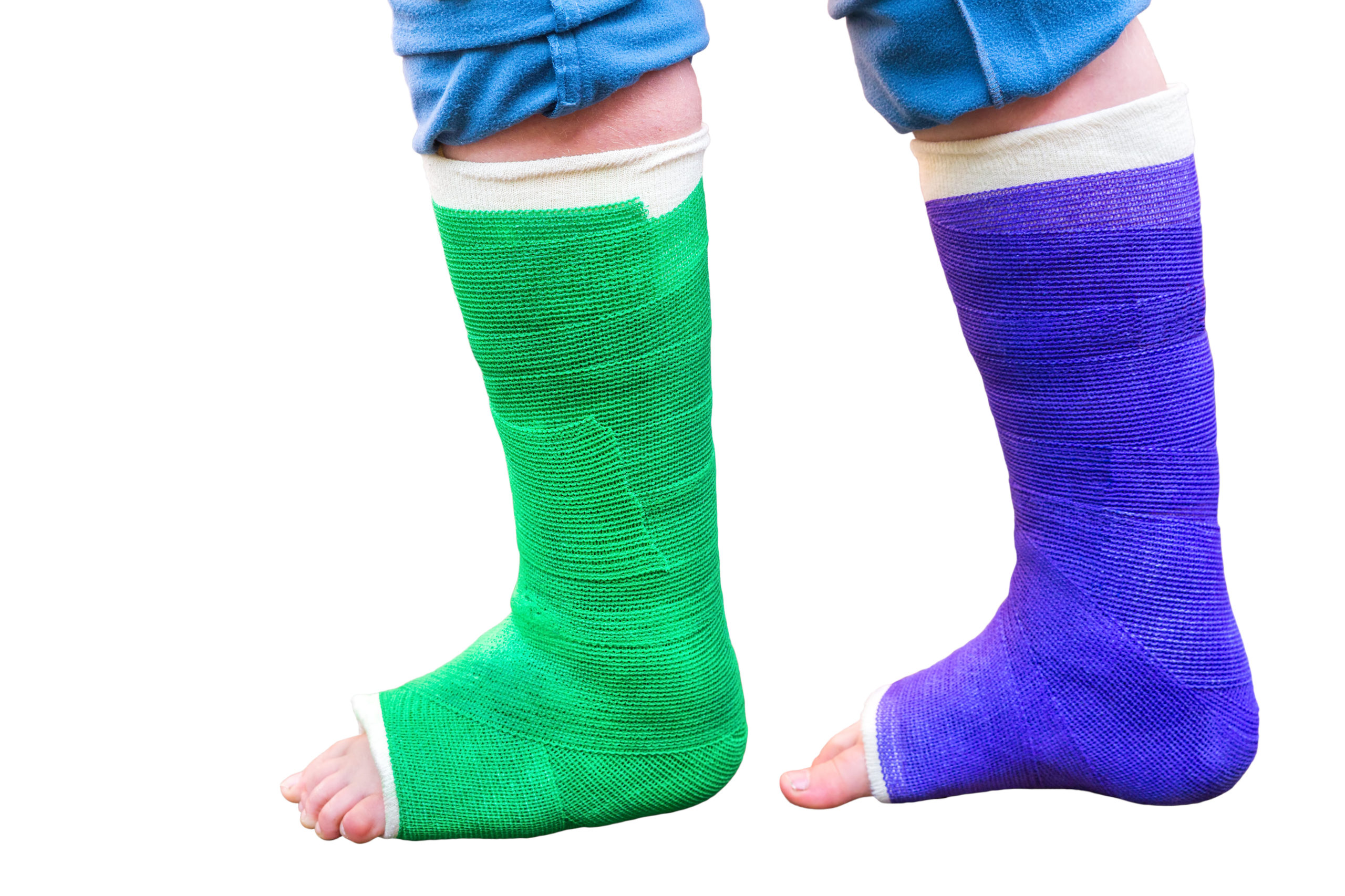Casts in orthopaedics are made from different materials and are used for different reasons on different parts of the body.
What is a cast in orthopedics?
A cast is an external splint used to stabilize a bone (or other structures ) as they undergo healing.
In this article, we shall talk about the different materials used to make casts plus the different types of casts depending on where they are used on the body.
Cast material used in orthopaedics
With the fast improving technology, there are lots of medically acceptable materials used to for casing in orthopaedics.
1.Plaster of Paris.

This is made out of gypsum (calcium sulphate) . The cotton bandage is impregnated with gypsum. It will be sold as a dry sheet in rolls. When it is soaked in water, it softens and just like putty, it can be molded into whatever shape.
After a few minutes , it begins to set, giving off heat and hardens into something close to a rock.
Pros of this material;
- Plaster casts are relatively cheap
- They are really easy to work with, very moldable.
- Also, the plaster casts are white so this makes it a great canvas for signatures, like seriously!
Cons;
- It is quite heavy. You may be thrown off balance for the first couple of days.
- It is fairly more radio-opaque therefore x-ray images may not be as clear as is seen with fiberglass casts
- Plaster stains easily and creates a mess as you work with it.
- When you we it, it breaks down.
2. Fiber glass

This is a synthetic material that too can be molded into a cast. Fiber glass is packaged as rolls. It almost feels like really soft plastic before it hardens to a very firm structure. And just like plaster, it also hardens when it sets.
Pros;
- One out standing pro is that it is really light as compared to Plaster casts.
- It is more radiolucent so x-rays can easily “see” through it.
- When water pours on it, it does not break down. Though note that the cotton padding that lines it will soak with water so try to stay away from water if you can.
- Also, fiber glass comes in many colors so you can choose a color you like. This is pretty fun for the kids.
Different uses for casts
- For Fracture splinting . This is the most obvious use of casts.
2. During burn care; Due to the high risk of contractures at joints after burns, casts are put to keep those joints in the acceptable position as the tissues around the joints heal.
3. For splinting after surgery on tendons. The most desirable position for the tendons is sustained in a cast to prevent inappropriate movement.
4. Stretching of tight structures. This is commonly used for tight tendons like the Achilles tendon and other feet or hand tendons. Stretching of tight structures using cast is very successful in treatment of clubfoot.
Types of casts
Aside from the material used, different casts will adopt different names based on where they are placed on the body.
For upper limb
- Above elbow cast
This will also be called a long arm cast in some cases. It spans the whole arm, crosses the elbow joint till the lower part of the forearm.
It is commonly used for fractures of the humerus (arm bone), elbow fractures, and those of the upper plus mid part of the forearm.
- Below elbow cast
This cast will only cover the forearm. Commonly used for fractures of the lower a third of the forearm.
For lower limbs
- Above knee cast
An above elbow cast spans the knee joint extending up to the thigh, and will often be used for fractures of the tibia (shin bone) and those in the lower femur, especially in children.
- Below knee Cast
A below knee cast will be..well, below the knee and this is commonly used for ankle fractures and foot injuries.
Special kinds of casts.
Some cast designs donot follow the conventional trend and have been modified for their different injuries.
- Hip spica cast
Often used in relatively young children, especially those under 6 years for femur fractures. The hip spica cast can be a single leg spica, or full and one half or two full leg spica.
- U slab
A u-slab is used from some fractures of the humerus. It gets it’s name from its unique shape.
- Thumb spica casts
Used for injuries around the thumb and in some bones of the hand.
- Ulnar gutter cast
Ulnar gutter will be used for fractures isolated to the ulnar side or the inner side of the forearm. These are fractures on the side of the little finger.
In conclusion, casts get their names from the material used to make them or from the extent of their coverage on the body part being treated . They are very vital in the orthopedic management.
Want to know more, just leave us a message!
